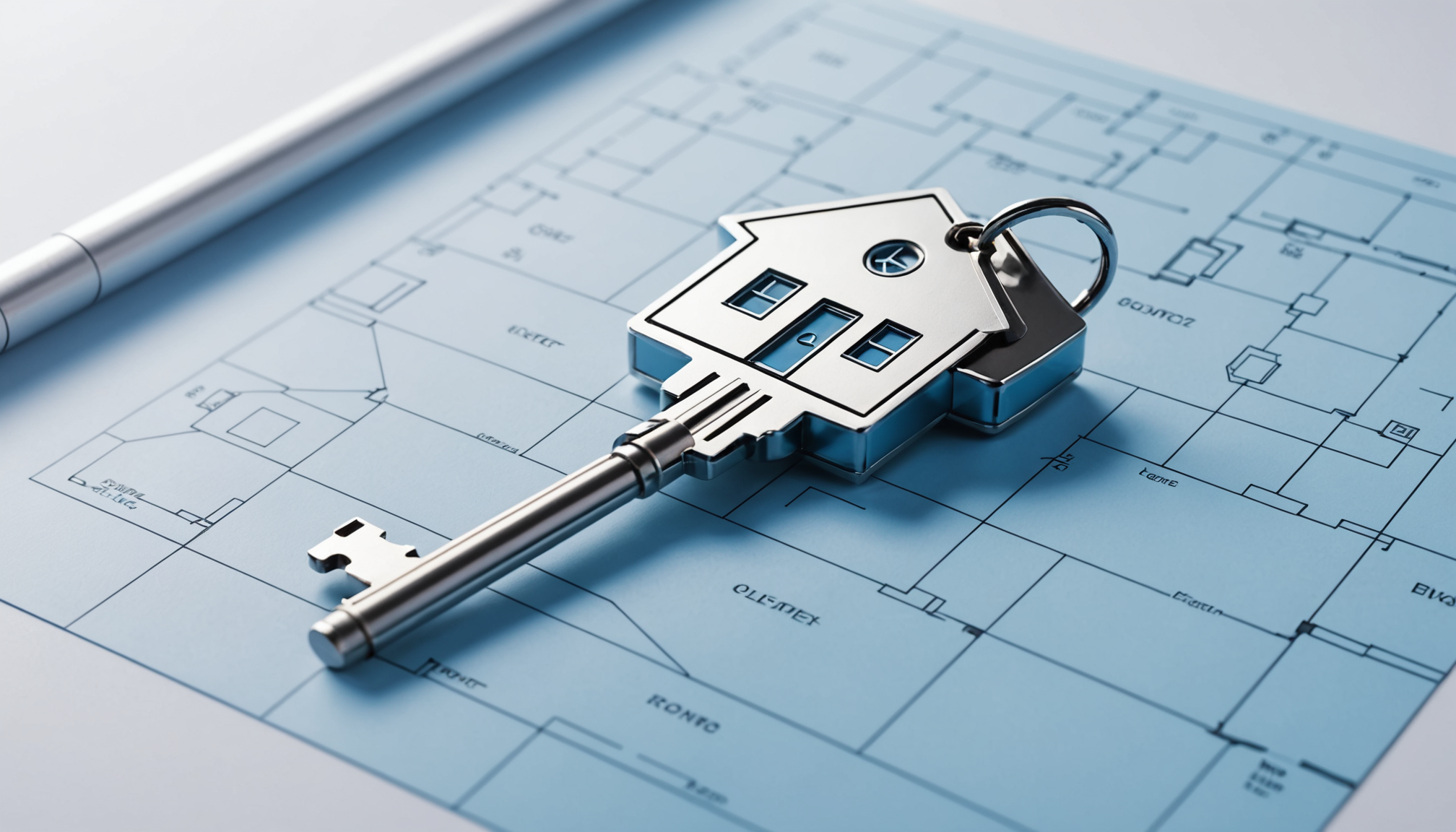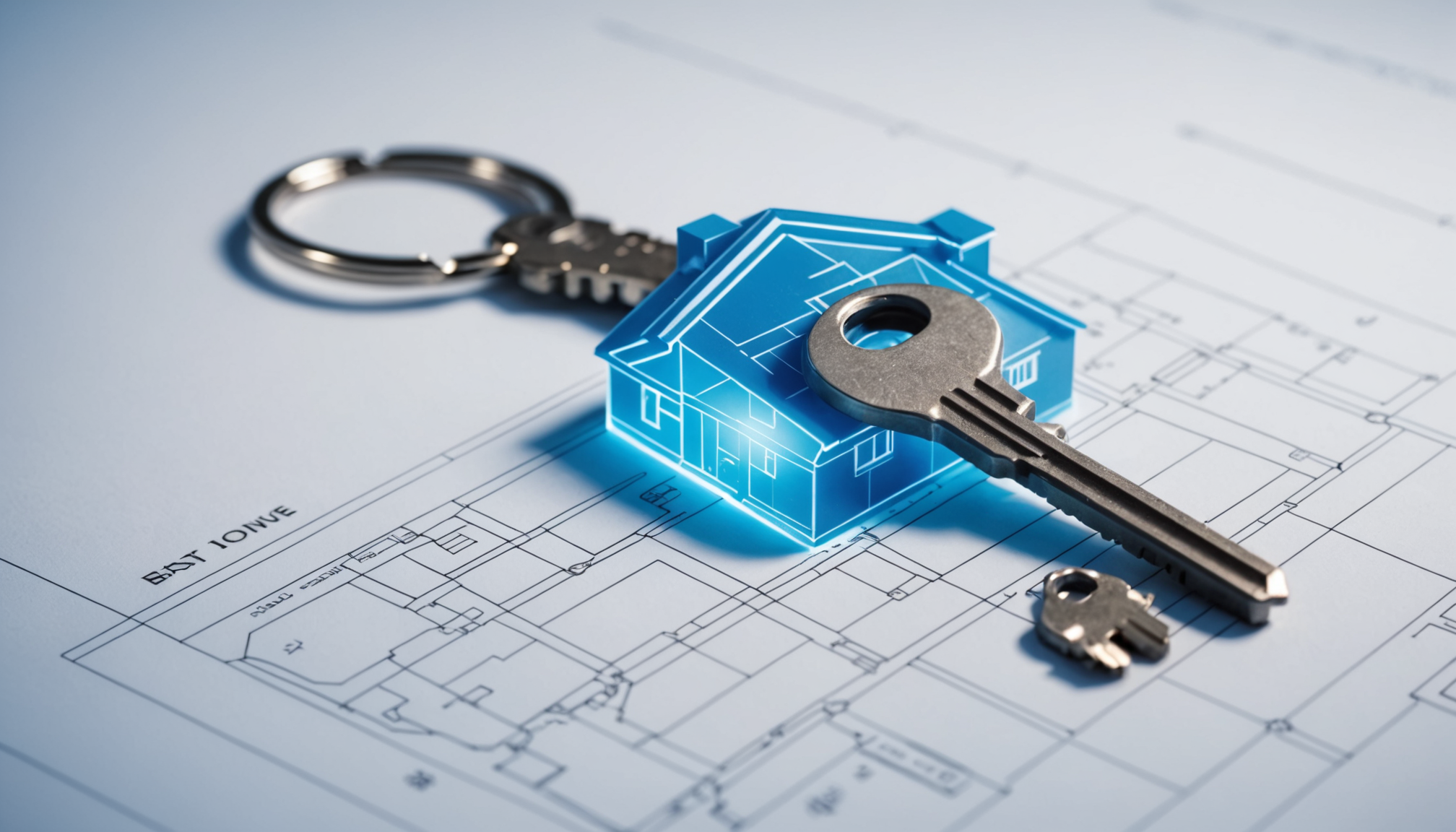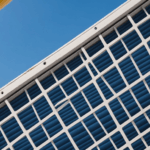Recent projections from the National Association of Realtors indicate that real estate trends through 2025 will continue to be characterized by limited inventory and steady price appreciation, albeit at a more moderate pace than the dramatic increases seen in recent years. Industry analysts at Zillow predict a 3.5% average home price increase across major metropolitan areas, compared to the 7.8% surge observed in 2023.
The housing market is experiencing significant regional variations, with coastal cities showing signs of price stabilization while emerging tech hubs and suburban areas continue to see stronger growth. According to CoreLogic’s market forecast, states like Texas, Florida, and North Carolina are expected to lead price appreciation, with projected increases of 5-6% through 2025.
First-time homebuyers face particularly challenging conditions, with the median home price expected to reach $428,000 by early 2025, according to Fannie Mae’s Housing Forecast. The combination of persistent inflation and demographic shifts, with millennials entering their peak home-buying years, continues to drive demand despite affordability concerns.
Key market indicators for 2025 include:
- New housing starts projected at 1.5 million units annually, still below historical averages
- Existing home inventory expected to remain 15-20% below pre-pandemic levels
- Secondary markets experiencing faster price appreciation than primary urban centers
- Growing demand for energy-efficient homes and smart technology integration
The Urban Land Institute’s Real Estate Economic Forecast suggests that the work-from-home trend will continue to influence moving decisions, with 30% of workers maintaining hybrid arrangements through 2025. This sustained shift is creating new demand patterns in previously overlooked markets, particularly in areas offering larger homes at lower price points.
Supply chain improvements are expected to moderate construction costs, though labor shortages in the construction industry may persist. The Associated General Contractors of America reports that 75% of construction firms plan to expand their workforce in 2025, potentially easing some supply constraints in the new home market.
Calculating renovation costs vs buying new
When weighing home renovation against buying a new property, accurate cost assessment becomes crucial for making informed moving decisions. Professional contractors estimate that major home renovations in 2025 typically range from $100 to $200 per square foot, while kitchen and bathroom remodels remain the most expensive upgrades, averaging $30,000 to $75,000 per project.
The current building material costs show signs of stabilization, with lumber prices approximately 30% lower than their 2023 peak. However, specialized materials and smart home technology integration continue to command premium prices. A comprehensive home renovation involving multiple rooms could cost between 20-30% of your home’s current market value, making it essential to compare this investment against the costs of relocating.
Real estate trends indicate that buying a new home involves more than just the purchase price. Closing costs typically range from 2-5% of the purchase price, while moving expenses, including professional movers and temporary storage, can add $5,000-$10,000 to the total cost. Additionally, many homebuyers spend an average of $10,000 on immediate improvements or modifications to their new home within the first year.
When evaluating renovation costs, it’s crucial to consider the potential return on investment. According to Remodeling Magazine’s Cost vs. Value Report, certain improvements offer better value retention. For instance, garage door replacements and minor kitchen remodels typically recover 85-90% of their costs, while luxury additions like swimming pools may only recoup 50-60% of the investment.
Supply chain disruptions continue to influence both renovation timelines and new home availability. Renovation projects now require 20-30% longer completion times compared to pre-pandemic levels, while new home construction faces similar delays, affecting both options’ feasibility and final costs.
- Major renovations typically cost 20-30% of home’s current market value
- Hidden costs of buying new include closing costs (2-5%), moving expenses ($5,000-$10,000), and immediate improvements ($10,000 average)
- Kitchen and bathroom remodels offer the highest ROI among renovation projects
- Project timelines have increased by 20-30% due to ongoing supply chain challenges
Neighborhood development and property values
One of the most common oversights when evaluating neighborhood development is focusing solely on current conditions while ignoring planned infrastructure changes. Many homeowners fail to research upcoming zoning changes, commercial developments, or transportation projects that could significantly impact property values. To avoid this mistake, obtain detailed information from local planning departments and attend community meetings about future developments.
Another frequent error is misinterpreting short-term market fluctuations as long-term trends. Real estate trends show that property values can temporarily spike due to speculative buying or decline due to temporary factors. Instead of making moving decisions based on recent sales, analyze historical data spanning at least 5-10 years to identify genuine growth patterns in the area.
School district changes often catch homeowners off guard. Districts may redraw boundaries or adjust school ratings, dramatically affecting property values. Before committing to a home renovation or relocation, investigate any pending educational system modifications and their potential impact on the neighborhood’s desirability.
Many people underestimate the influence of commercial development on residential areas. A new shopping center might seem beneficial, but increased traffic and noise could offset potential convenience benefits. Research commercial zoning permits and development plans within a two-mile radius of prospective locations.
Environmental factors are frequently overlooked until they become problematic. Flood zone changes, soil stability issues, or proximity to future industrial developments can significantly impact property values. Consult environmental assessment reports and local geological surveys before making long-term housing commitments.
Some homeowners fail to recognize early signs of neighborhood decline, such as:
– Increasing rental property ratios
– Rising vacancy rates in commercial spaces
– Delayed infrastructure maintenance
– Declining school enrollment numbers
– Growing number of distressed property sales
Demographic shifts can also reshape neighborhood characteristics. Many overlook population aging, income changes, or evolving household compositions that influence local amenity demands and property values. Track demographic trends through census data and local economic development reports to anticipate market changes.
Infrastructure maintenance schedules often reveal crucial information about a neighborhood’s future. Aging utilities, postponed road repairs, or delayed public facility upgrades can signal potential problems. Request infrastructure assessment reports from local authorities to evaluate long-term maintenance plans and associated costs.
Financial considerations and mortgage rates
As mortgage rates continue to influence real estate trends in 2025, financial experts recommend a comprehensive analysis of both short-term costs and long-term implications before making moving decisions. Current projections from leading financial institutions suggest mortgage rates will stabilize between 5.8% and 6.3%, marking a slight decrease from previous years but remaining significantly above historical lows.
A crucial factor often overlooked is the total cost of borrowing for different scenarios. When financing a home renovation through a home equity loan or HELOC, borrowers typically face interest rates 1-2 percentage points higher than traditional mortgages. However, the lower principal amount often results in lower total interest paid over time compared to a new home purchase.
The tax implications of both options warrant careful consideration. While mortgage interest remains tax-deductible up to certain limits, home renovation loans may offer different tax advantages depending on the project’s nature and local regulations. Consulting with a tax professional can help identify potential savings through energy efficiency credits or home improvement deductions.
Down payment requirements continue to impact financial planning significantly. New home purchases typically require 10-20% down payment, while renovation financing might only need 10-15% equity in the existing property. This difference can free up substantial capital for immediate improvements or emergency reserves.
Lenders are increasingly offering specialized renovation mortgages that combine purchase and improvement costs into a single loan. These products, including the FHA 203(k) and Fannie Mae HomeStyle loans, can simplify financing but often come with stricter requirements and higher closing costs.
Additional financial considerations include:
– Private Mortgage Insurance (PMI) requirements for loans exceeding 80% LTV
– Renovation cost overrun protection through contingency budgeting (typically 15-20%)
– Impact on property taxes and insurance premiums
– Emergency fund requirements for both scenarios
– Potential rental income opportunities after improvements
Cash reserves play a pivotal role in either decision. Financial advisors recommend maintaining at least six months of housing expenses as emergency savings, with additional buffers for renovation projects to account for unexpected issues or upgrades.
Remember that timing can significantly impact financial outcomes. Market conditions, seasonal construction costs, and interest rate cycles should all factor into your decision-making timeline. Working with financial professionals can help create a customized strategy that aligns with your long-term wealth-building goals while maintaining comfortable monthly payments.
Personal factors in the decision making process
- How do I know if my emotional attachment to my current home is affecting my decision-making process?
- Emotional attachment should be balanced with practical considerations. Consider making a pros and cons list focusing on objective factors like costs, commute times, and space requirements, then evaluate how your emotional ties influence these factors.
- What lifestyle changes should I consider when deciding between renovation and relocation?
- Consider your future needs in terms of space, accessibility, and proximity to amenities. Factor in changes like working from home, family expansion plans, or aging-in-place requirements that might affect your moving decisions within the next 5-10 years.
- How do I evaluate if my family is ready for a major home renovation project?
- Assess your family’s tolerance for disruption, as renovations can take months and significantly impact daily routines. Consider temporary housing needs, pets, children’s schedules, and work-from-home requirements during construction.
- Should I consider my children’s school situation when making this decision?
- School quality and continuity are crucial factors in real estate trends and property values. Evaluate both current school performance and future educational plans, considering that relocating might require changing schools while renovation allows maintaining educational stability.
- How can I determine if my current location will meet my needs in the long term?
- Research local development plans, demographic shifts, and employment opportunities in your area. Consider factors like aging in place, access to healthcare, and proximity to family support systems that might become more important over time.











